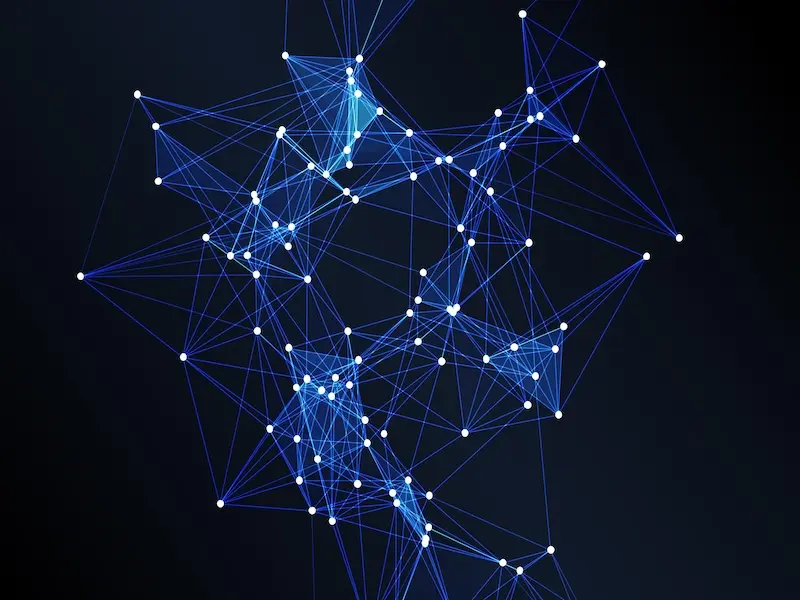- Activation functions introduce non-linearity into neural networks, allowing them to model complex data patterns.
- They determine whether a neuron should be activated based on the input, influencing the network’s learning process.
Understanding the role of activation functions
In a neural network, each neuron processes input data and produces an output. If we only relied on linear transformations (multiplying inputs by weights and summing them), the network would essentially function as a single-layer linear model, no matter how many layers it has. This limitation makes it impossible for the network to learn and represent complex, non-linear patterns in data.
Activation functions are mathematical operations applied to a neuron’s input before it passes to the next layer. They introduce the necessary non-linearity that allows neural networks to model complex relationships.
Key reasons for using activation functions
Introducing non-linearity: Without an activation function, neural networks would be limited to linear modelling, which isn’t sufficient for most real-world data that requires understanding non-linear relationships.
Enabling complex representations: Activation functions allow networks to learn complex patterns by introducing non-linearity, enabling the network to build abstract representations of the input data across multiple layers.
Also read: What are hidden layers in neural networks and what are their types?
Also read: What is classification in neural networks and why is it important?
Common types of activation functions
Sigmoid: Maps input to a range between 0 and 1, useful for binary classification tasks.
Tanh (Hyperbolic Tangent): Outputs values between -1 and 1, suitable for handling both positive and negative inputs.
ReLU (Rectified Linear Unit): Outputs the input if it’s positive; otherwise, it outputs zero. It’s computationally efficient and widely used in deep learning.
Leaky ReLU: Similar to ReLU but with a small, non-zero gradient for negative inputs, preventing neurons from becoming inactive.
Softmax: Converts raw output scores into probabilities, typically used in the output layer for multi-class classification.
Activation functions are essential in neural networks, enabling them to learn and represent complex, non-linear relationships in data. By determining when neurons should “fire” and introducing non-linearity, activation functions play a critical role in the success of neural networks across a wide range of applications.

